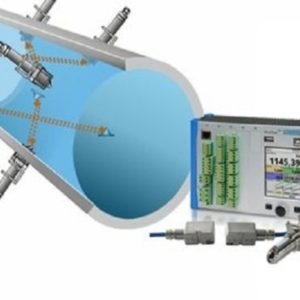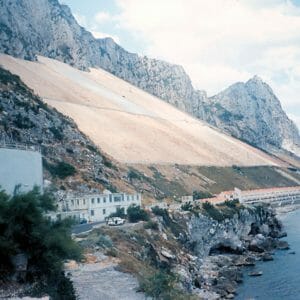E – 1113 Manning Equation – Open Channel Flow using Excel
$100.00
Courses Included
The Manning equation is a widely used empirical equation for uniform open channel flow of water. It provides a relationship among several open channel flow parameters of interest: flow rate or average velocity, bottom slope of the channel, cross-sectional area of flow, wetted perimeter, and Manning roughness coefficient for the channel. Open channel flow takes place in natural channels like rivers and streams, as well as in manmade channels like those used to transport wastewater and in circular sewers flowing partially full.
The main topic of this course is uniform open channel flow, in which the channel slope, water velocity and water depth remain constant. This includes calculations with the Manning equation and the use of Excel spreadsheets for those calculations.
This course is intended for hydrologists, civil engineers, hydraulic engineers, highway engineers and environmental engineers. After completing this course you will have knowledge about the basic nature of flow in open channels and the common ways of classifying open channel flow (laminar or turbulent, steady state or unsteady state, uniform or non-uniform, and critical, subcritical or supercritical). Practice in the use of the Manning equation for a variety of uniform open channel flow calculations will be gained through several worked examples.
Description
The Manning equation is a widely used empirical equation for uniform open channel flow of water. It provides a relationship among several open channel flow parameters of interest: flow rate or average velocity, bottom slope of the channel, cross-sectional area of flow, wetted perimeter, and Manning roughness coefficient for the channel. Open channel flow takes place in natural channels like rivers and streams, as well as in manmade channels like those used to transport wastewater and in circular sewers flowing partially full.
The main topic of this course is uniform open channel flow, in which the channel slope, water velocity and water depth remain constant. This includes calculations with the Manning equation and the use of Excel spreadsheets for those calculations.
This course is intended for hydrologists, civil engineers, hydraulic engineers, highway engineers and environmental engineers. After completing this course you will have knowledge about the basic nature of flow in open channels and the common ways of classifying open channel flow (laminar or turbulent, steady state or unsteady state, uniform or non-uniform, and critical, subcritical or supercritical). Practice in the use of the Manning equation for a variety of uniform open channel flow calculations will be gained through several worked examples.
- Know the differences between laminar & turbulent, steady state & unsteady state, and uniform & non-uniform open channel flow.
- Be able to calculate the hydraulic radius for flow of a specified depth in an open channel with specified cross-sectional shape and size.
- Be able to calculate the Reynolds Number for a specified open channel flow and determine whether the flow will be laminar or turbulent flow.
- Be able to use tables such as the examples given in this course to determine a value for Manning roughness coefficient for flow in a manmade or natural open channel.
- Be able to use the Manning Equation to calculate volumetric flow rate, average velocity, Manning roughness coefficient, or channel bottom slope, if given adequate information about a reach of open channel flow.
- Be able to use the Manning Equation, with an iterative procedure, to calculate normal depth for specified volumetric flow rate, channel bottom slope, channel shape & size, and Manning roughness coefficient for a reach of open channel flow.
- Be able to make Manning Equation calculations in either U.S. units or S.I. units.
- Be able to calculate the Manning roughness coefficient for a natural channel based on descriptive information about the channel.
- Be able to carry out a variety of calculations for full or partially full flow under gravity in a circular pipe.






